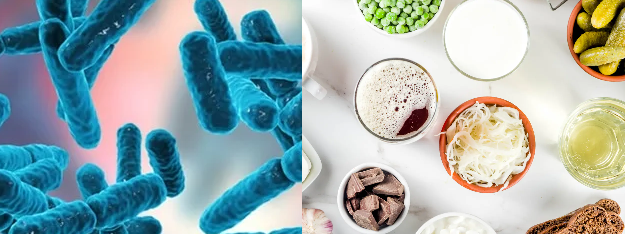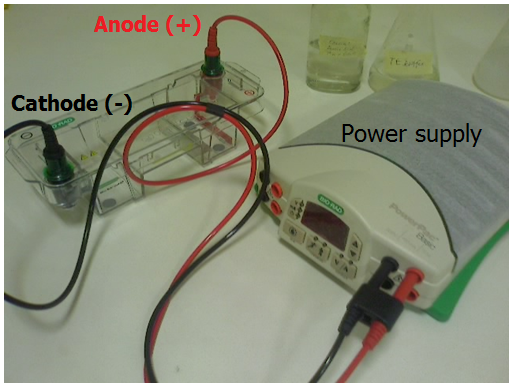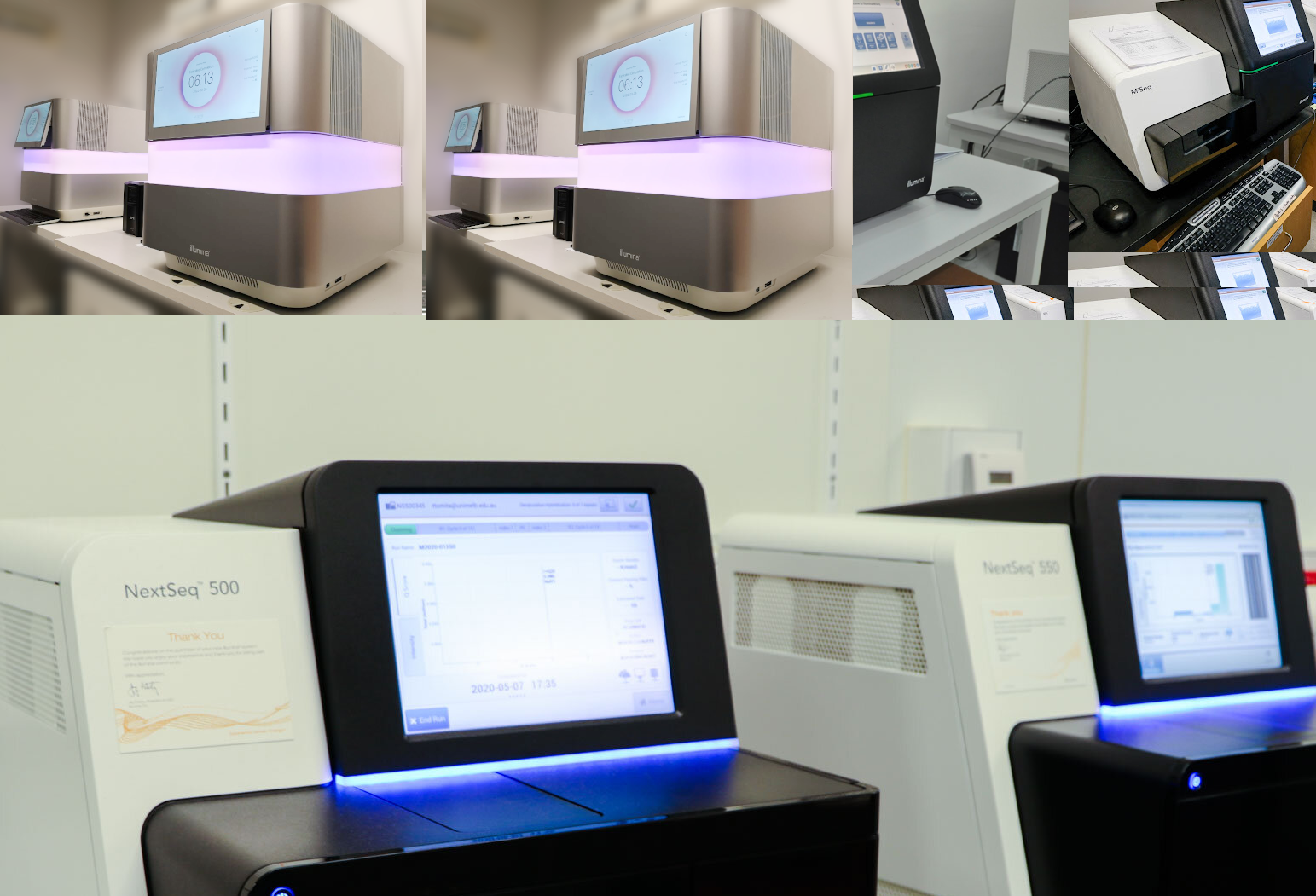Not all microorganisms can be used as probiotics. Before a microorganism can be certified and used as a probiotic, it must meet certain criteria. For probiotics to function effectively irrespective of their target site in vivo, they must meet and overcome certain physiological features that may impede their beneficial activities upon usage. These features are highlighted below:
- Microorganisms used as probiotics must be non-pathogenic organisms. They must not produce any pathogenic or virulence factor, and must not be found to be resistant to antimicrobial agents.
- They must be non-toxic in nature and significantly free from any untoward effects on the host. However, most side effects associated with the use of probiotics are only mild gastrointestinal side effects such as gas.
- They must survive the acid nature of the stomach; and thus reach the colon (large intestine) where their beneficial effects are needed.
- Probiotics must also be resistant to pancreatic secretions such as bile and digestive enzymes.
- They must be able to attach to the intestinal epithelia and colonize it.
- They must be able to maintain good viability in vivo; and thus utilize or harness the available nutrients and substrates in a normal diet.
- Probiotics must be able to confer the intended health benefits to the host when used.
- They must be stable upon usage until their health benefits have been effectively delivered.
REPORTED MODES OF ACTION OF PROBIOTICS
Probiotics have been reported to confer several health benefits to both animal and human hosts upon usage. Some of the health benefits that these live microorganisms confer are highlighted below:
- Probiotics enhance the immune system of their host. Due to their ability to adhere strictly to the intestinal epithelial cells in their bid to modulate and stabilize the gut flora, probiotics help to regulate the immunity of the intestinal environment. And they also stimulate the production of immune system mediators such as cytokines and dendritic cells (DCs). Thus, probiotics play immunomodulatory and immune system roles in the GIT of their hosts.
- Probiotics produce vitamins especially Vitamin B complex – which help to maintain healthy skin and healthy nervous system.
- They also synthesize other beneficial nutrients such as folic acid and niacin.
- Probiotics have also been used to treat atopic eczema and some allergic diseases.
- They prevent pathogenic bacteria from attaching to the intestinal wall of the GIT; and thus prevent several GIT infections from occurring.
- Probiotics have also been reported to help lactose maldigestion. Lactose maldigestion occurs in individuals that fail to produce lactase enzyme – for the digestion or breakdown of lactose. Lactose is broken down to galactose and glucose by lactase enzyme. And people who fail to produce lactase enzyme suffer from several GIT problems including abdominal cramp, diarrhea, bloating and flatulence. People experiencing lactose maldigestion develop these aforementioned symptoms because they do not produce lactase. However, the consumption of dairy products such as yoghurt containing sufficient amounts of starter bacterial cultures like Lactobacillus and Streptococcus can improve lactose digestion in persons with lactose maldigestion.
- Probiotics are generally used to remedy gastrointestinal infections. Some of the GIT problems in which probiotics have been used to manage or treat include irritable bowel syndrome (IBS), inflammatory bowel disease (IBD), antibiotic-associated diarrhea (AAD), traveler’s diarrhea, and infectious diarrhea.
References
Bains W (1998). Biotechnology: From A to Z. 2nd ed. Oxford University Press, New York, USA.
Bourgaize D, Jewell T.R and Buiser R.G (1999). Biotechnology: Demystifying the Concepts. Pearson Education, San Francisco, CA.
Brian Robert Shmaefsky (2006). Biotechnology 101. Greenwood Publishing Group, Inc, USA. Pp. 1-273.
Bushell M.E (1998). Application of the principles of industrial microbiology to biotechnology (ed. Wiseman, A.) Chapman and Hall, New York. Pp. 5–43.
Byong H. Lee (2015). Fundamentals of Food Biotechnology. Second edition. Wiley-Blackwell, New Jersey, United States.
Chrispeels M.J and Sadava D.E (2002). Plants, Genes, and Crop Biotechnology. 2nd edition. Jones and Bartlett Publishers, Sudbury, MA.
Clark D.P and Pazdernik N (2010). Biotechnology. First edition. Elsevier Science and Technology Books, Amsterdam, Netherlands.
Das H.K (2010). Textbook of Biotechnology. Fourth edition. Wiley edition. Wiley India Pvt, Ltd, New Delhi, India.
Dictionary of Microbiology and Molecular Biology, 3rd Edition. Paul Singleton and Diana Sainsbury. 2006, John Wiley & Sons Ltd. Canada.
Glick B.R and Pasternak J.J (2003). Molecular Biotechnology: Principles and Applications of Recombinant DNA. ASM Press, Washington DC, USA.
Godbey W.T (2014). An Introduction to Biotechnology. First edition. Woodhead Publishing, Cambridge, United Kingdom.
Jee C and Shagufta (2007). Environmental Biotechnology. APH Publishing Corporation, Darya Ganj, New Delhi, India.
Lee S.Y, Lee D.Y and Kim T.Y (2005). Systems biotechnology for strain improvement. TRENDS in Biotechnology, 23(7):349-356.
Discover more from Microbiology Class
Subscribe to get the latest posts sent to your email.





